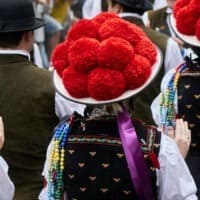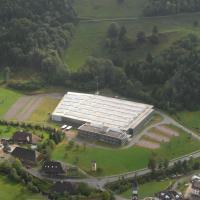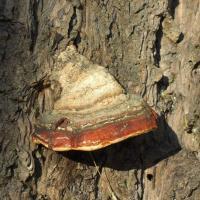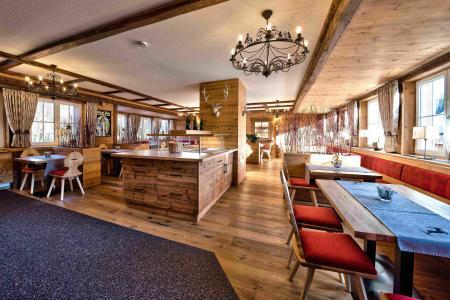Anyone who walks through the Black Forest in spring, summer or autumn will find themselves in a fascinating sea of colors. At the beginning the leaves shine in a brilliant green. But in autumn at the latest, the leaves of the trees turn into a colorful holiday dream. The color black is not to be thought of at this sight. Unless night falls over the forest. But the name has nothing to do with that.
The Silva Nigra - the black forest
Anyone who wants to embark on name research has to look back to the age of the Romans. Even at that time, the tribes called the forest area "Silva Nigra", a forest in black. At that time people settled in the region predominantly on the edge of the forest. Very few locals had the courage to go into the dense forest and clear it. This change only took place in the times of knights and monasteries. From the Middle Ages on, people ventured deeper into the Black Forest. On the one hand, they were now familiar with the sight of deep and large forests. In addition, they had lost their strong belief in ghosts, which until then had prevented them from entering the supposedly gloomy natural landscapes. That is why the name "Black Forest" was first used in a document from the
Year 868 recorded in writing.
From the bare forest to the lush natural landscape
Around 900 years later, the German poet Johann Wolfgang von Goethe went on a tour of discovery through the Black Forest. But by that time the forest landscape had completely changed its appearance. The people had already felled many trees to use the wood for heating, building or smelting gas and ore.
The Black Forest was dominated by bare areas on which ice, snow and rain left their traces. Under these conditions, catastrophes such as falling rocks or landslides were inevitable. Therefore, locals had to act.
Spruce trees as far as the eye can see
The local people planted new trees on a large scale. Spruces in particular sprouted from the ground, as these trees grew particularly quickly and their roots only penetrate the ground shallowly. If you stroll through young spruce forests today, you will notice that it is quite dark in them even during the day. Some of these areas even appear black. At this sight it was clear to all the locals that the forest was completely rightly named.
See today Black Forest vacationers however, the spruce is increasingly being displaced by other tree species - for good reason. Everywhere it made itself Bark beetle wide, which uses dense black spruce forests as its own habitat. For this reason, foresters in the region now predominantly plant deciduous trees. That is why the Black Forest is no longer black, it is now
very colorful again.













